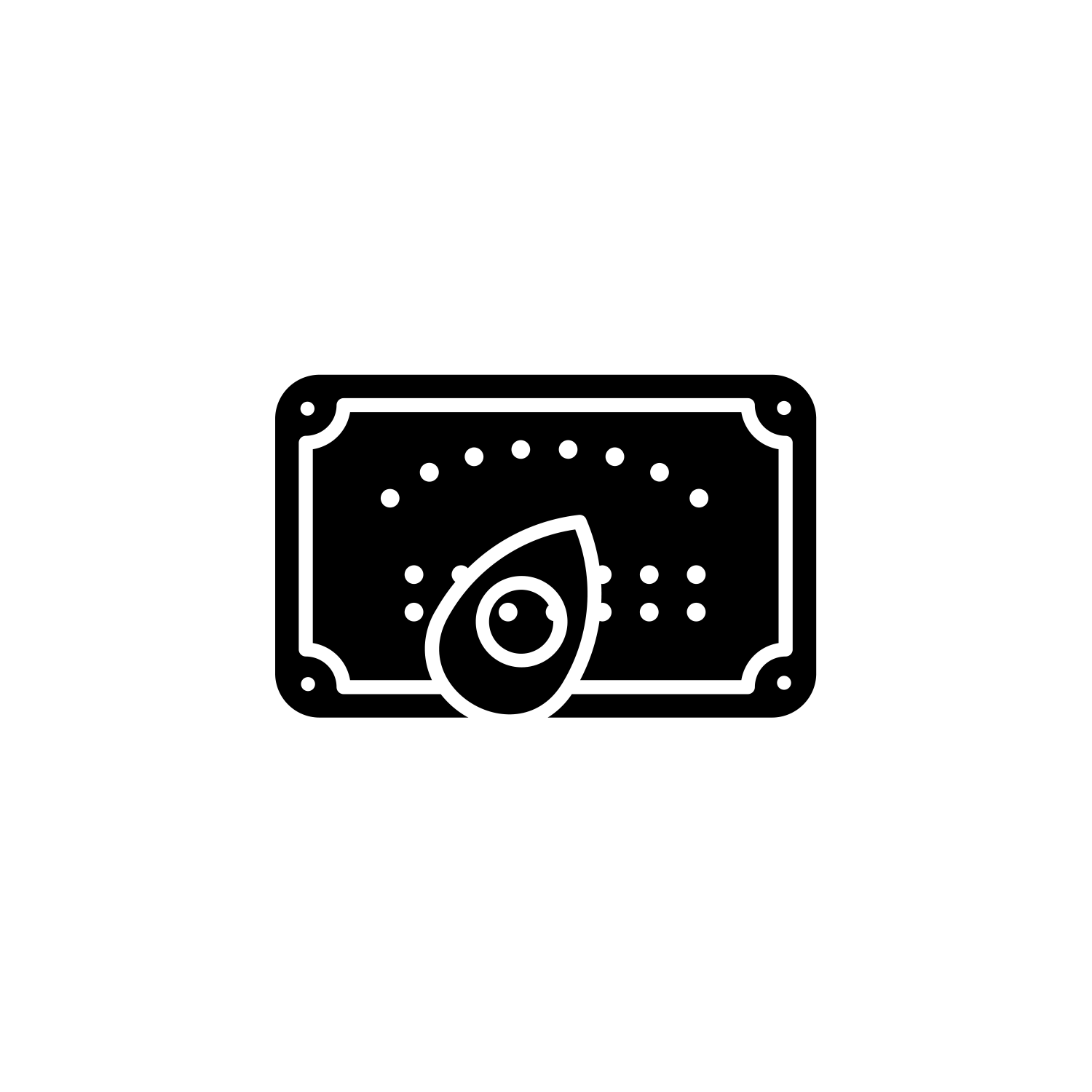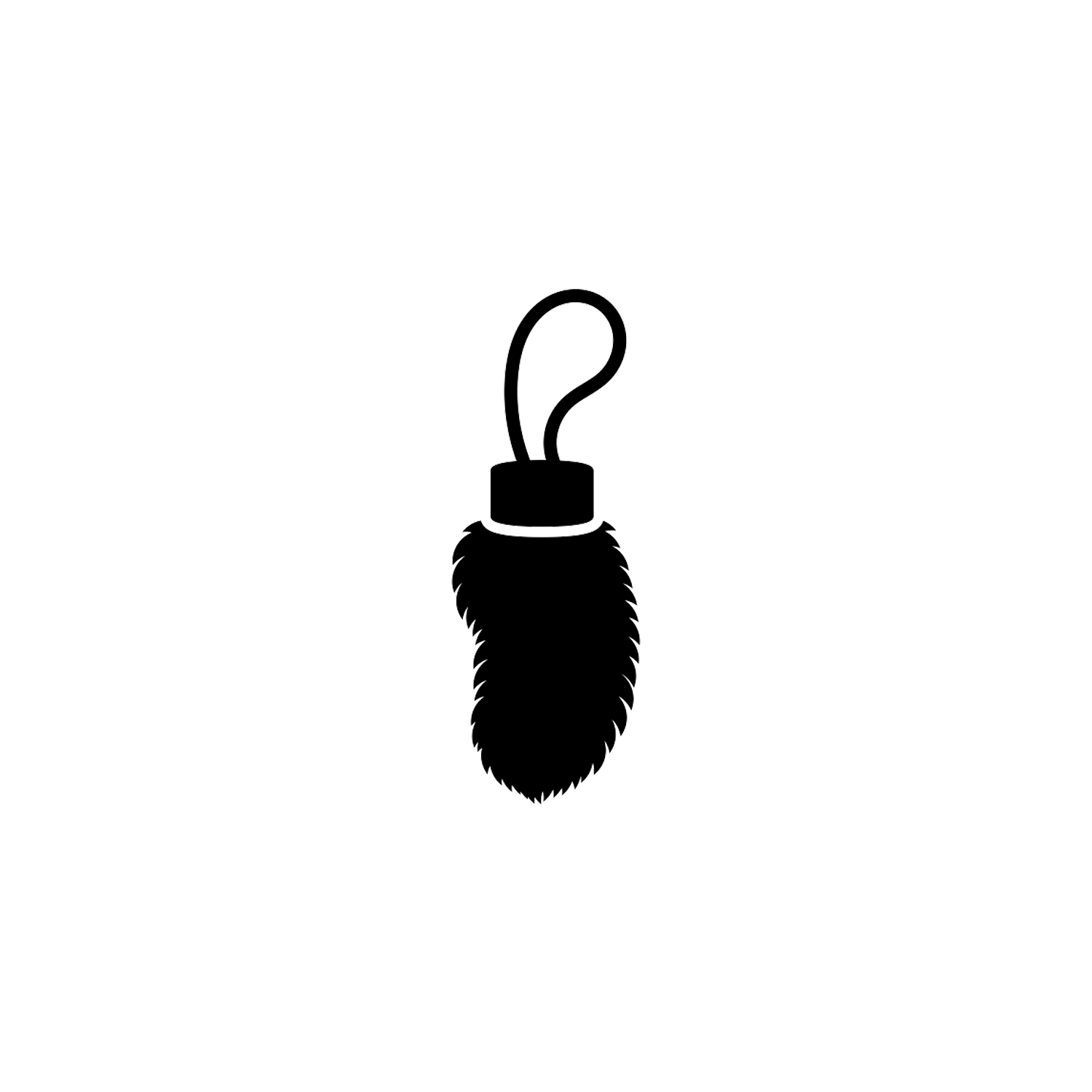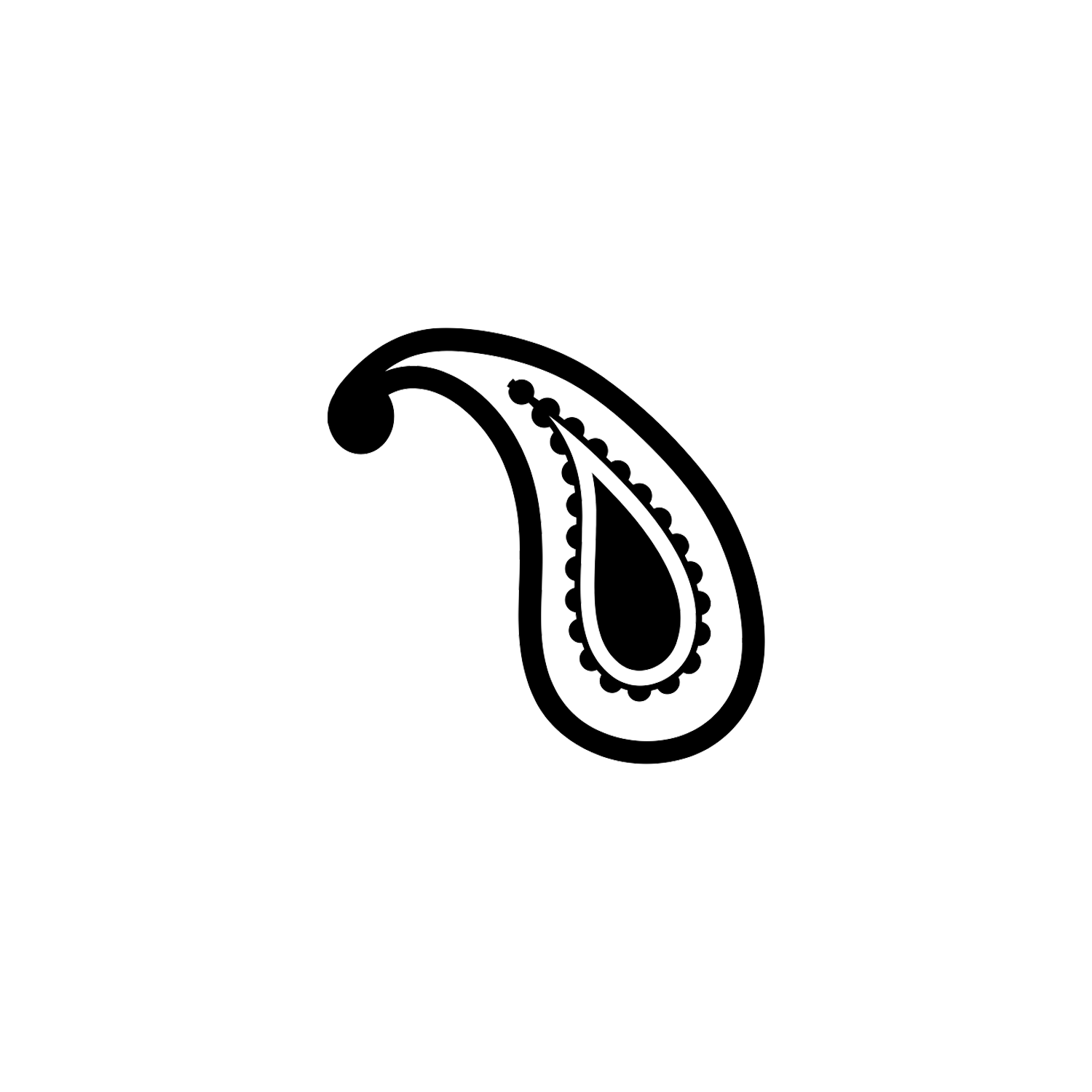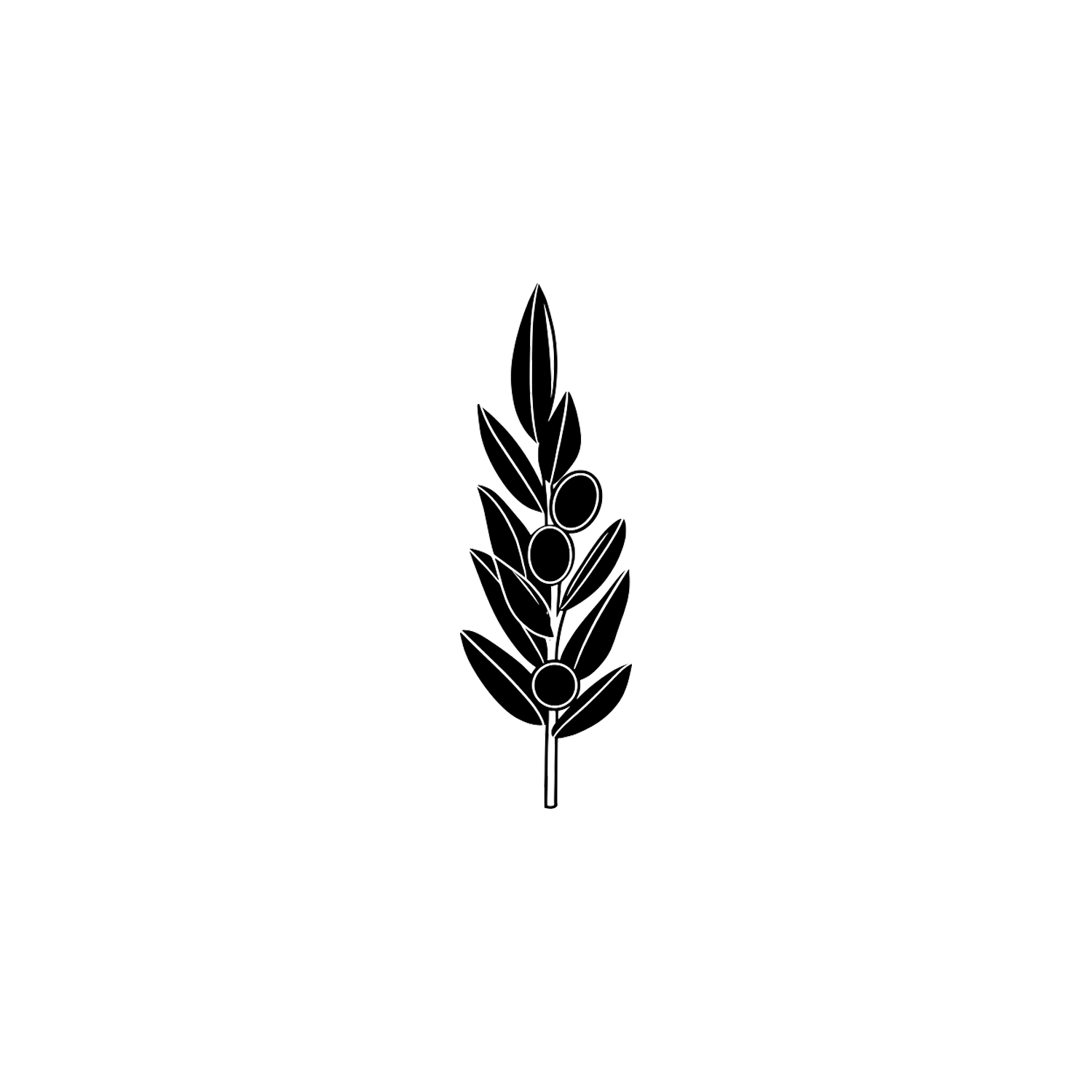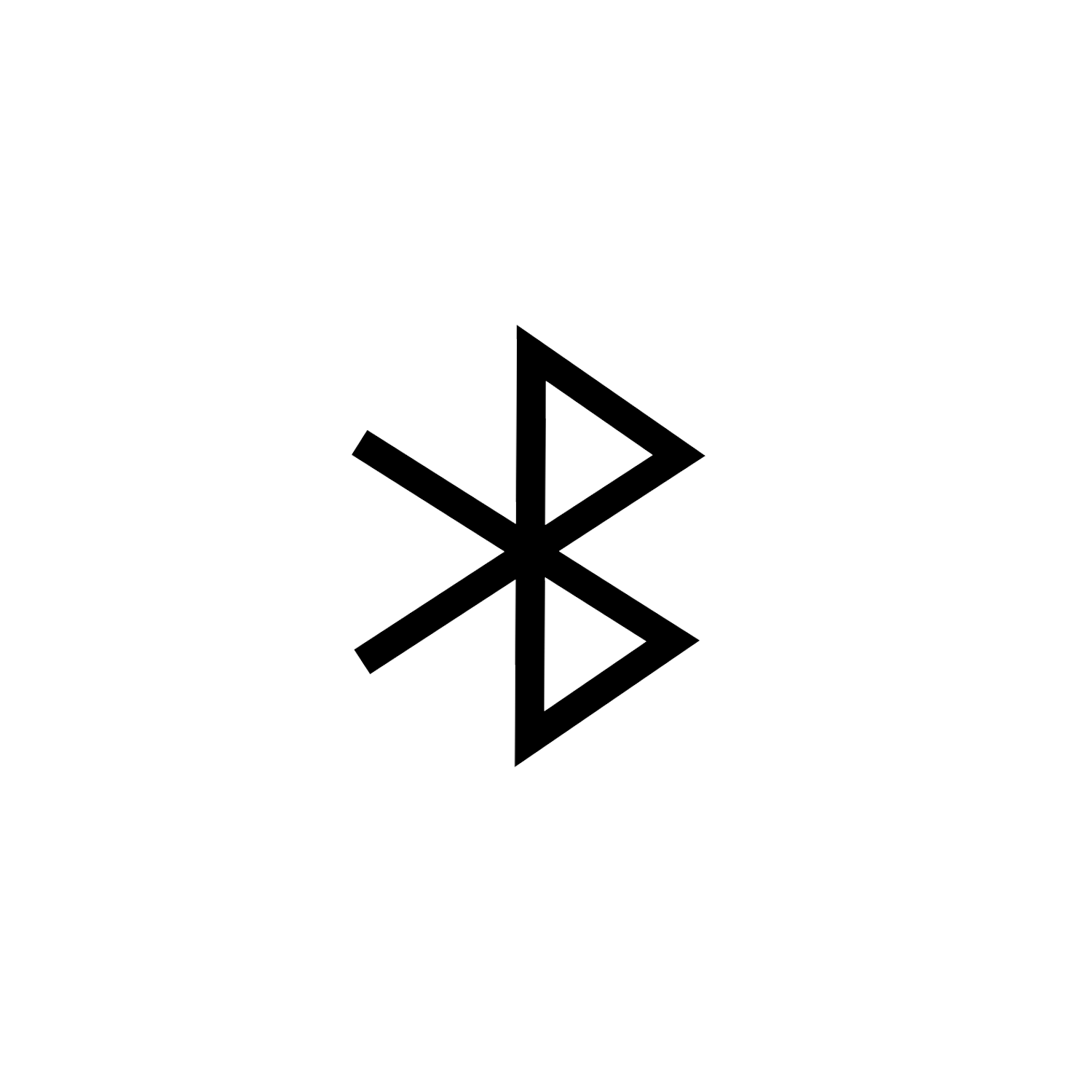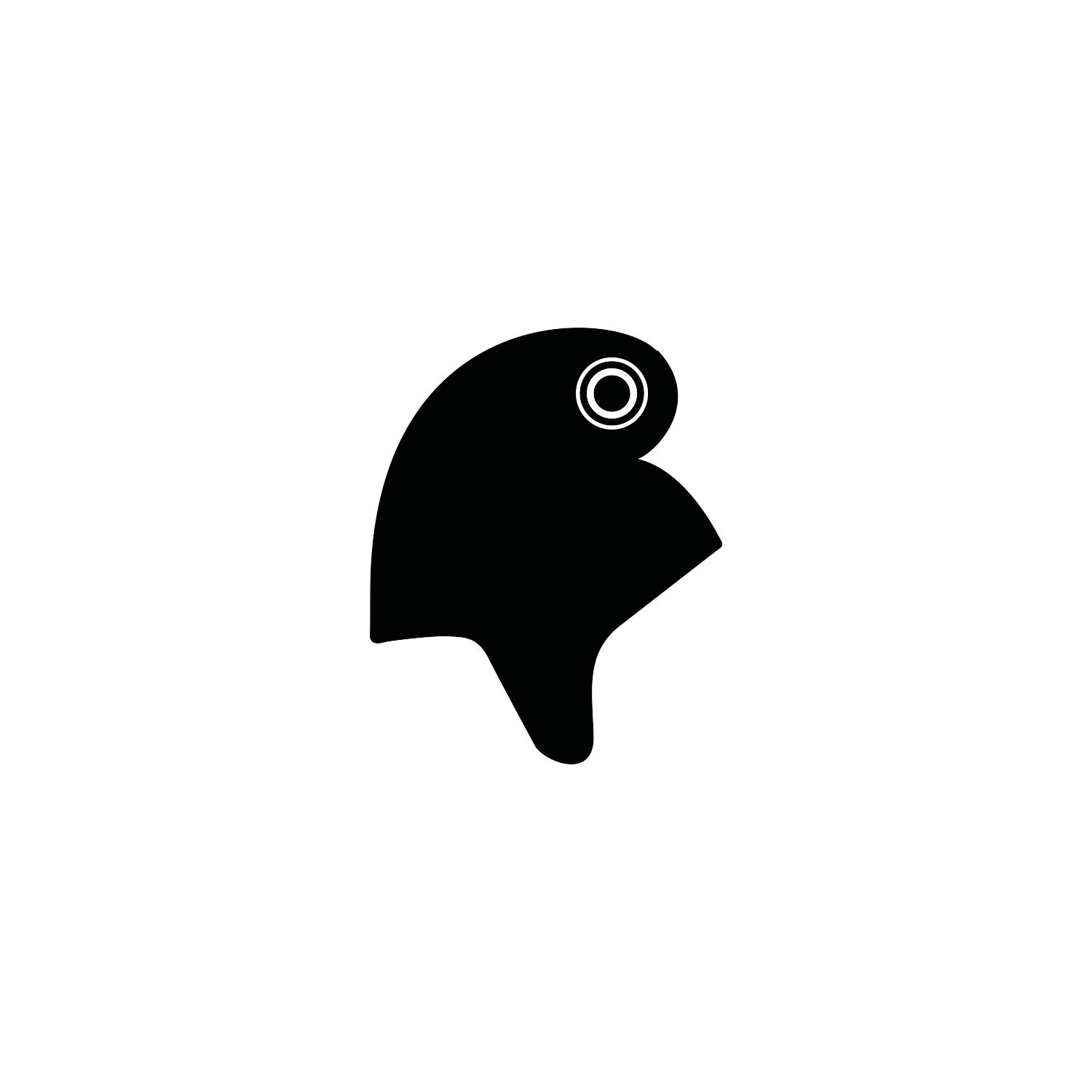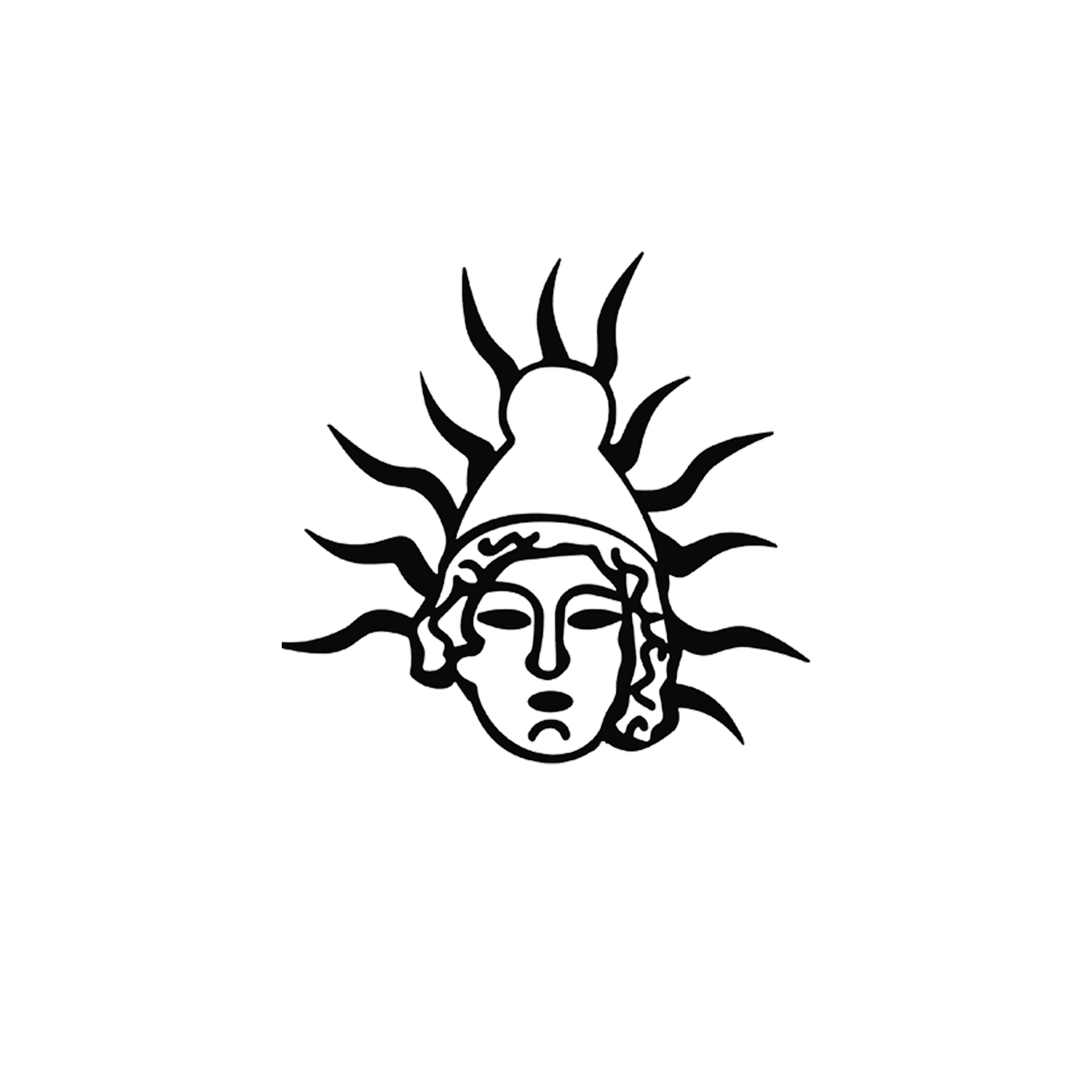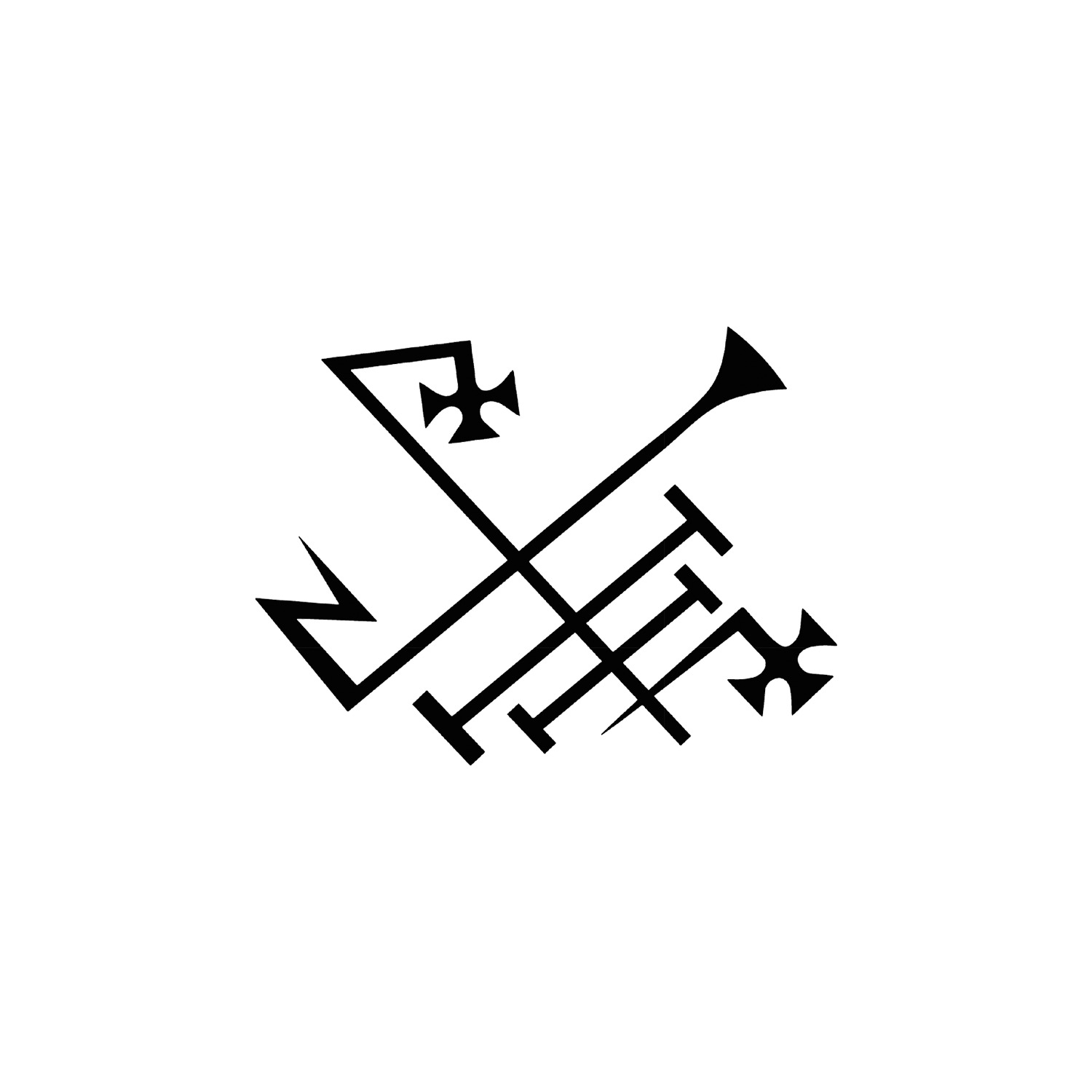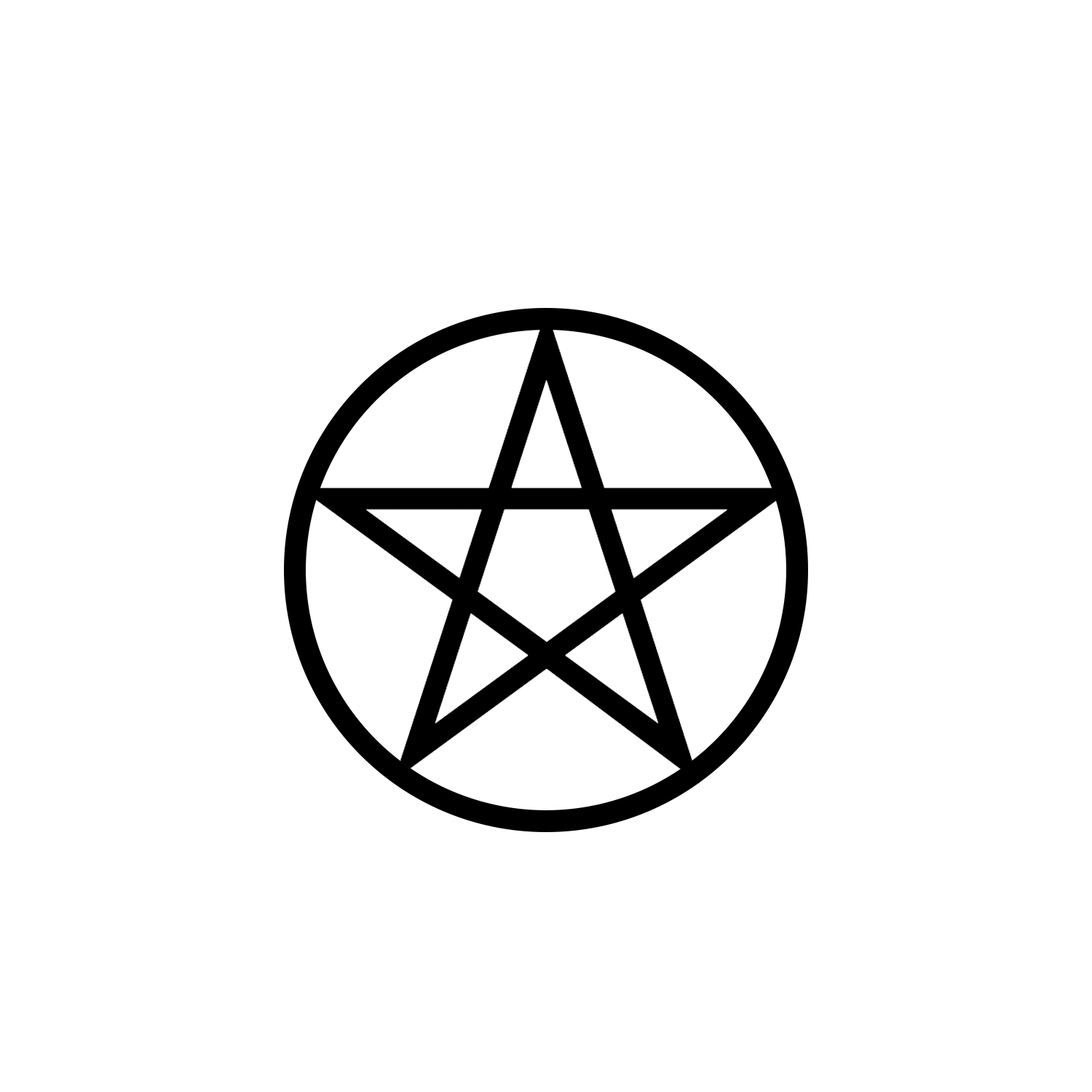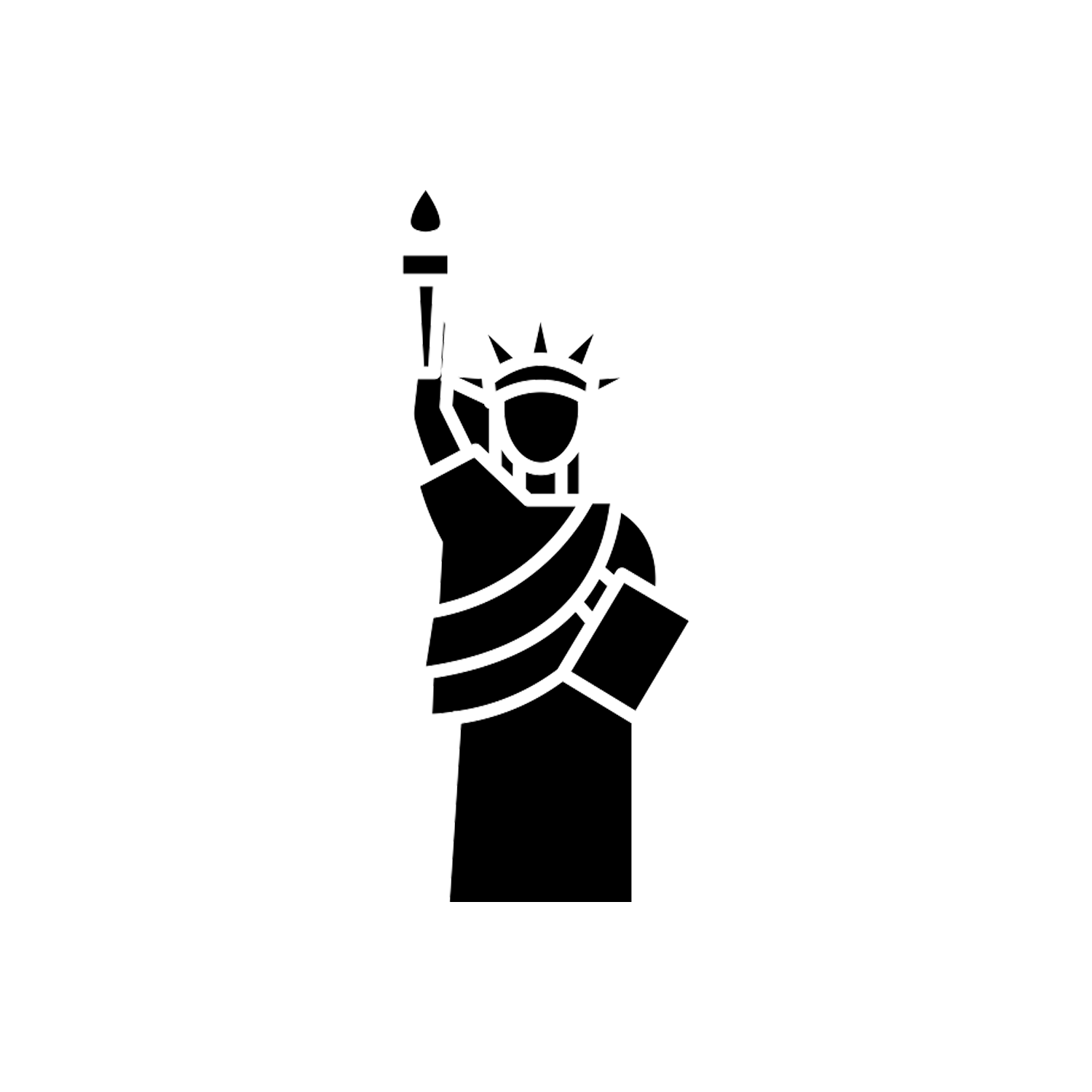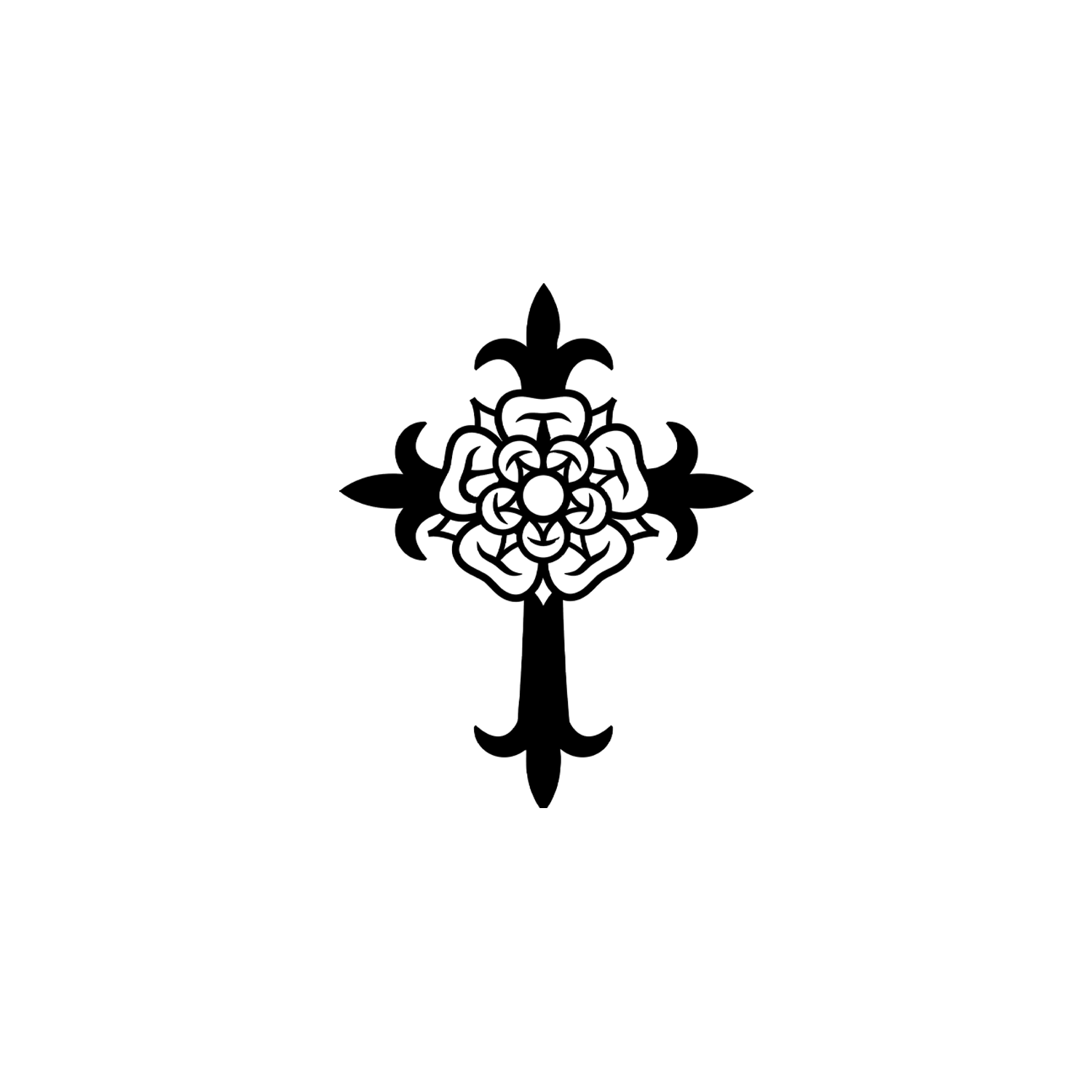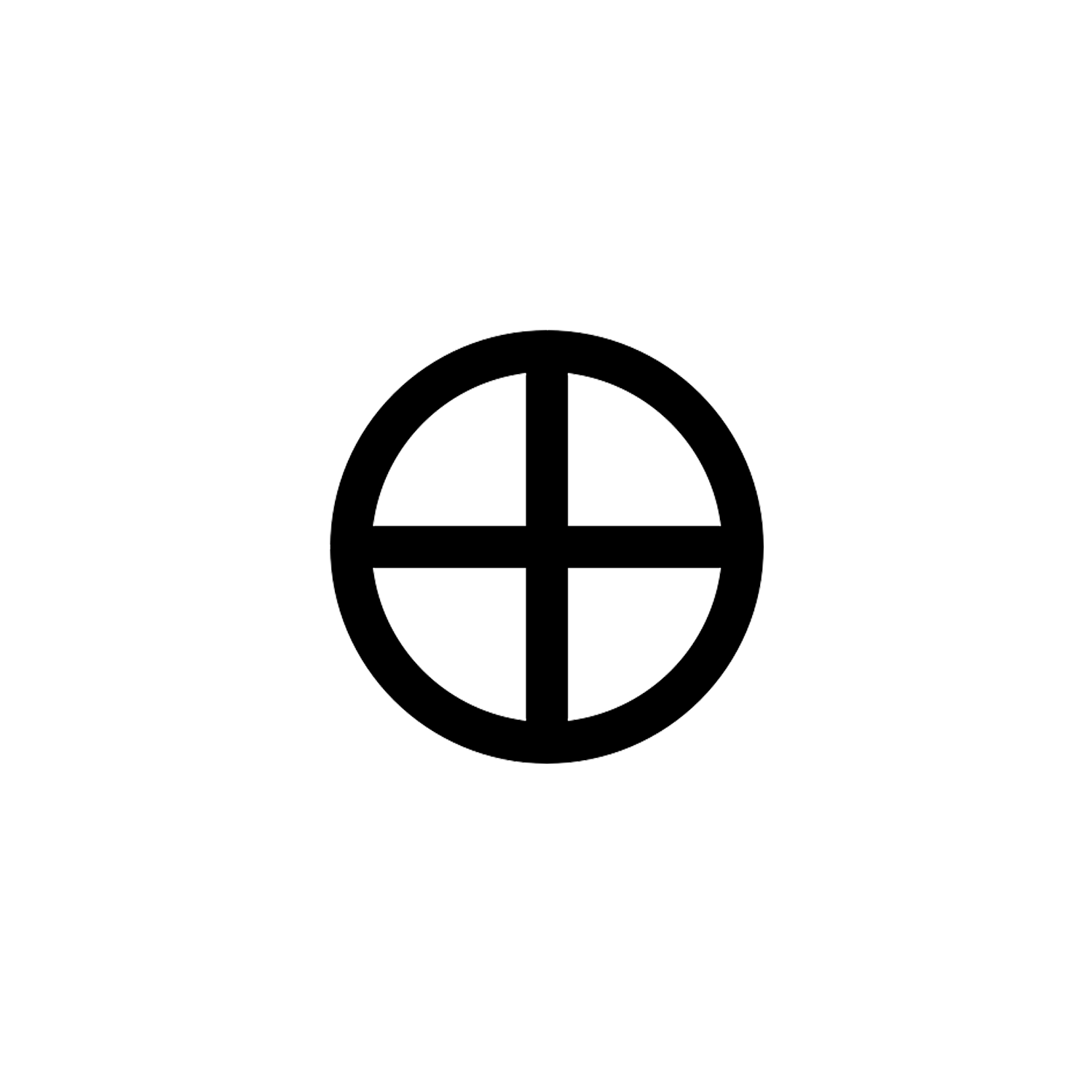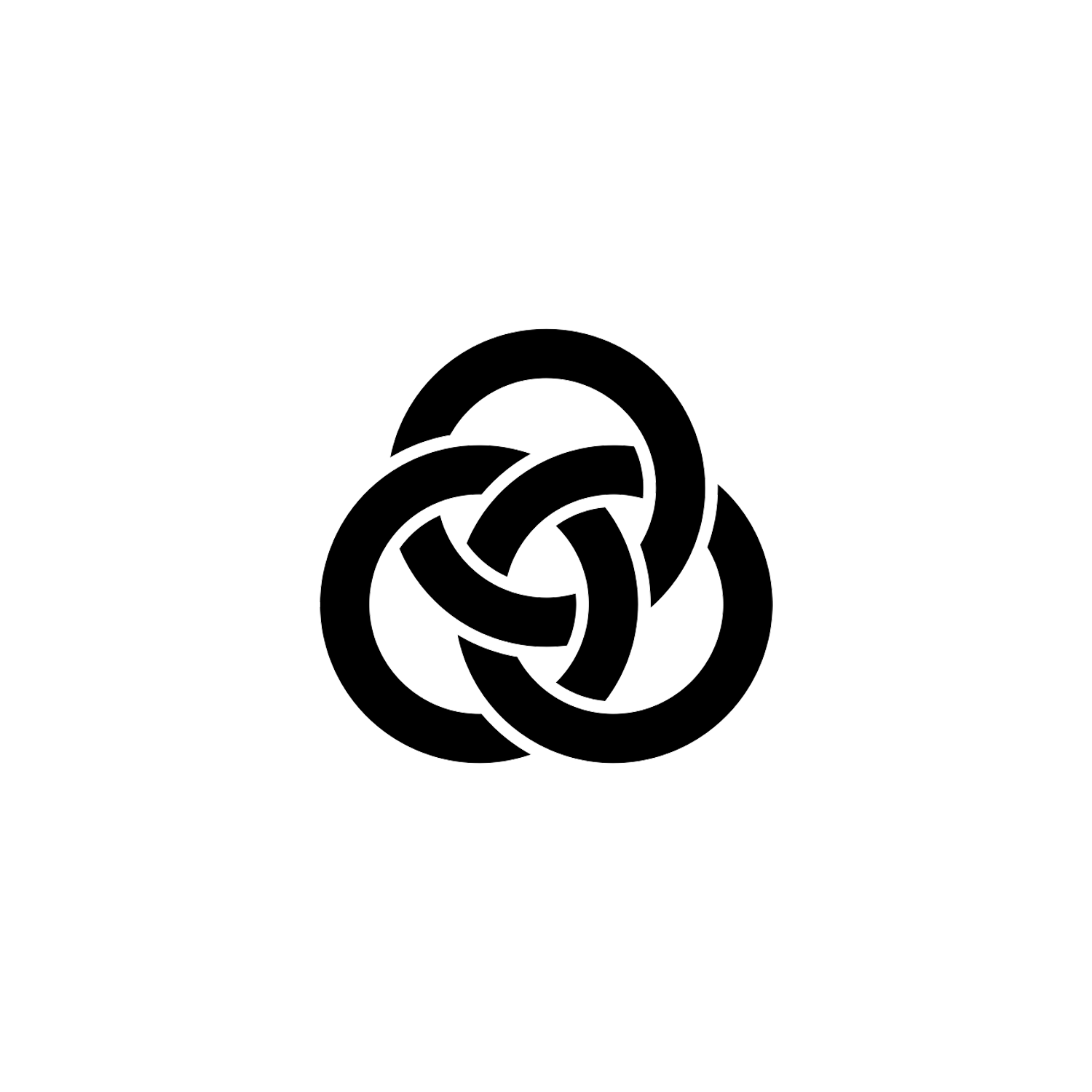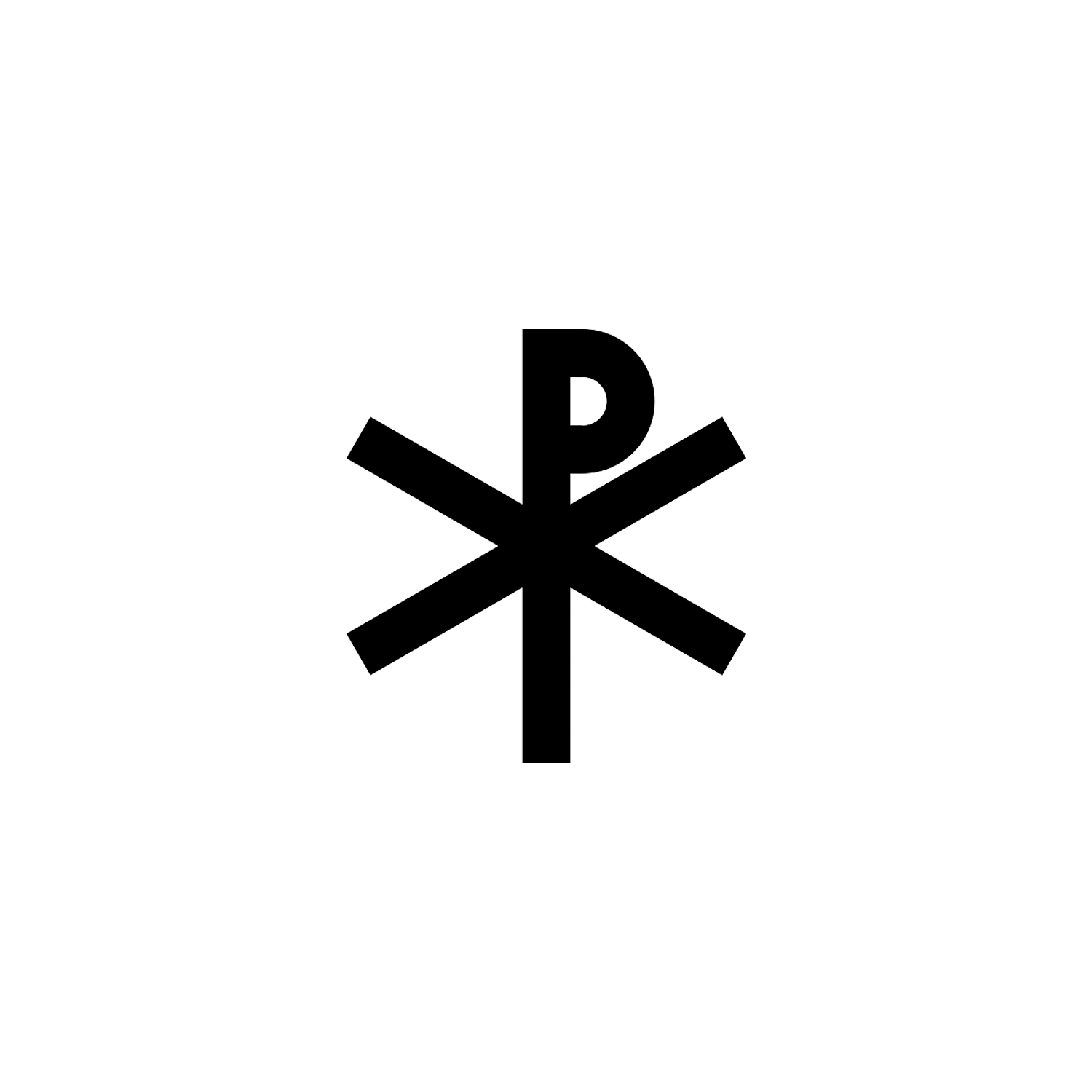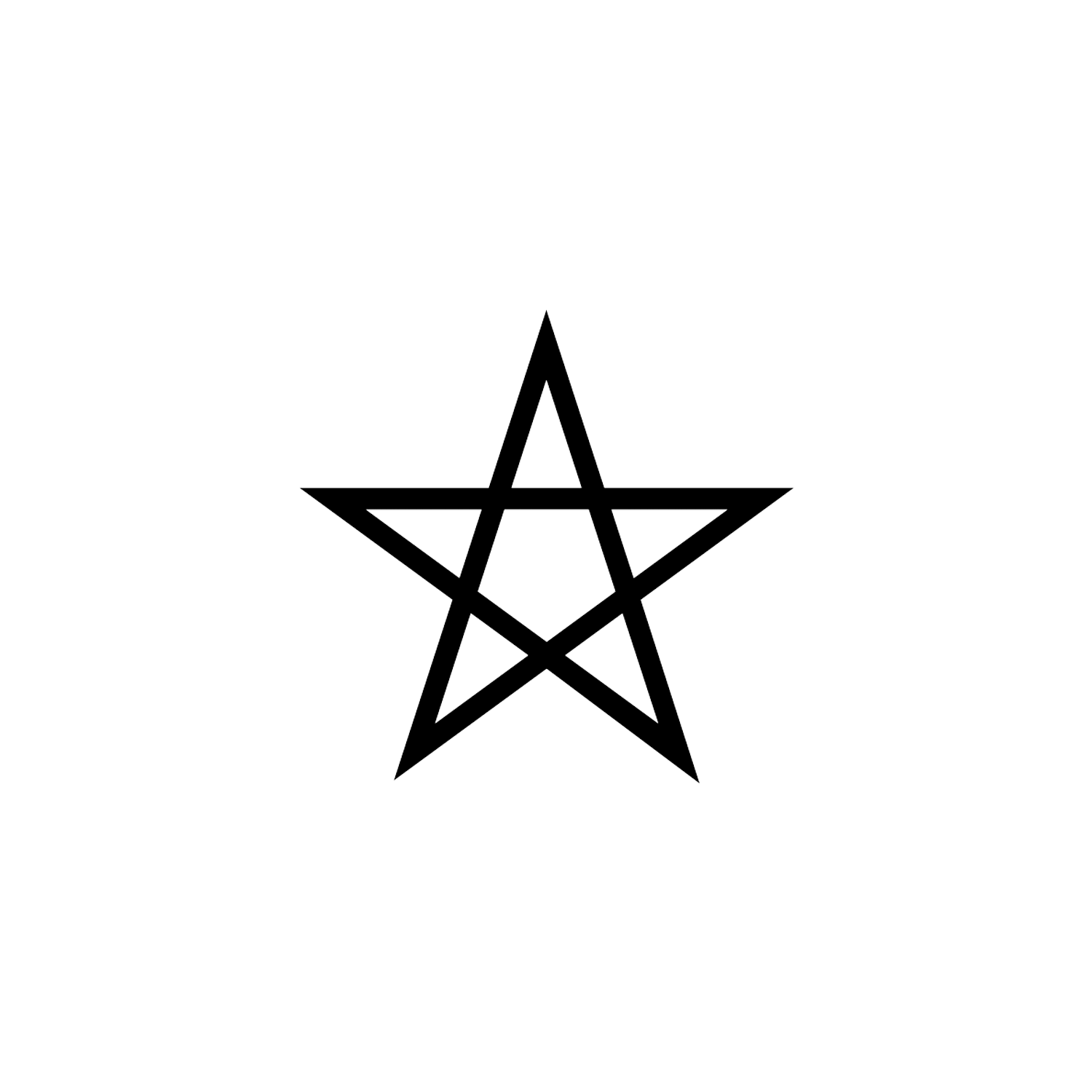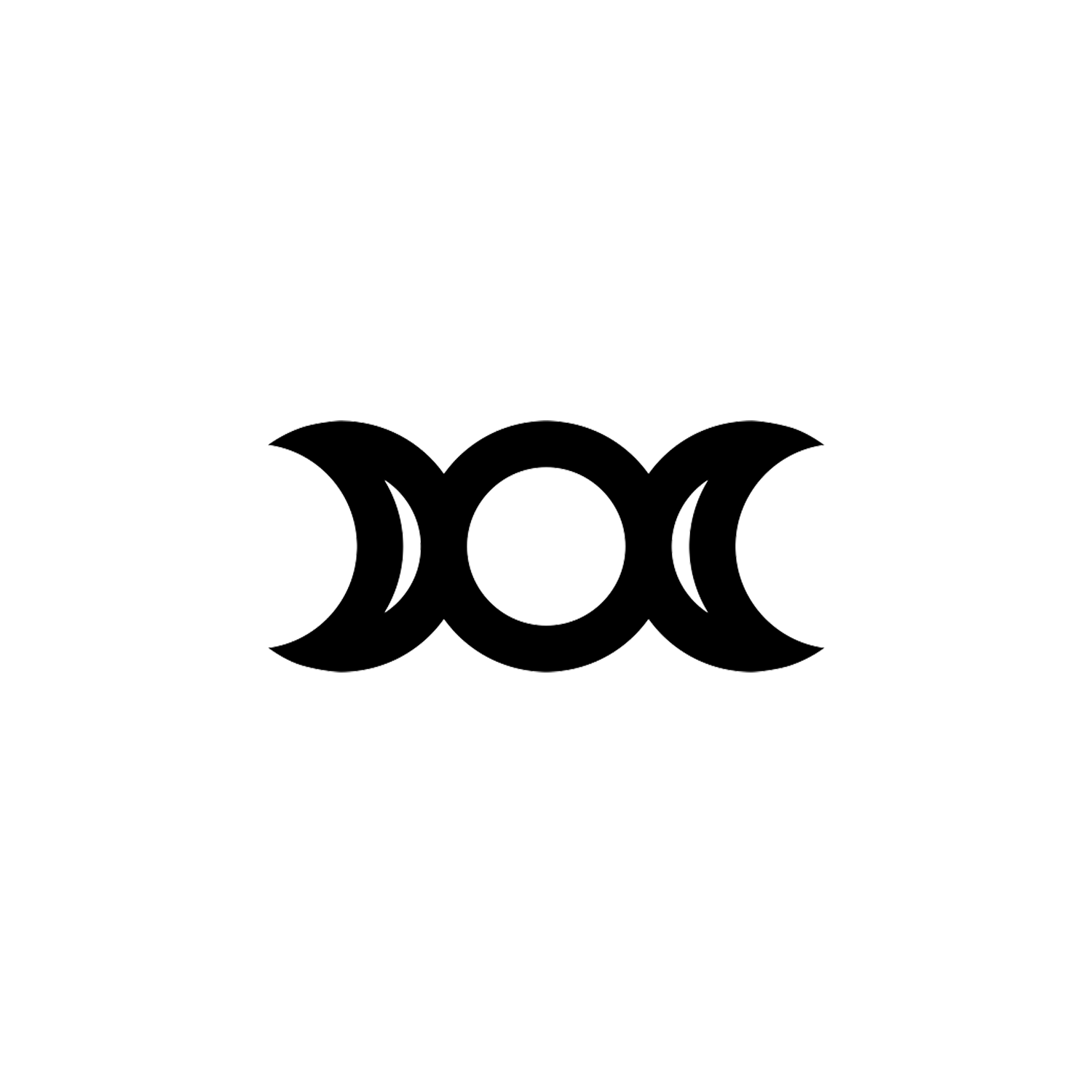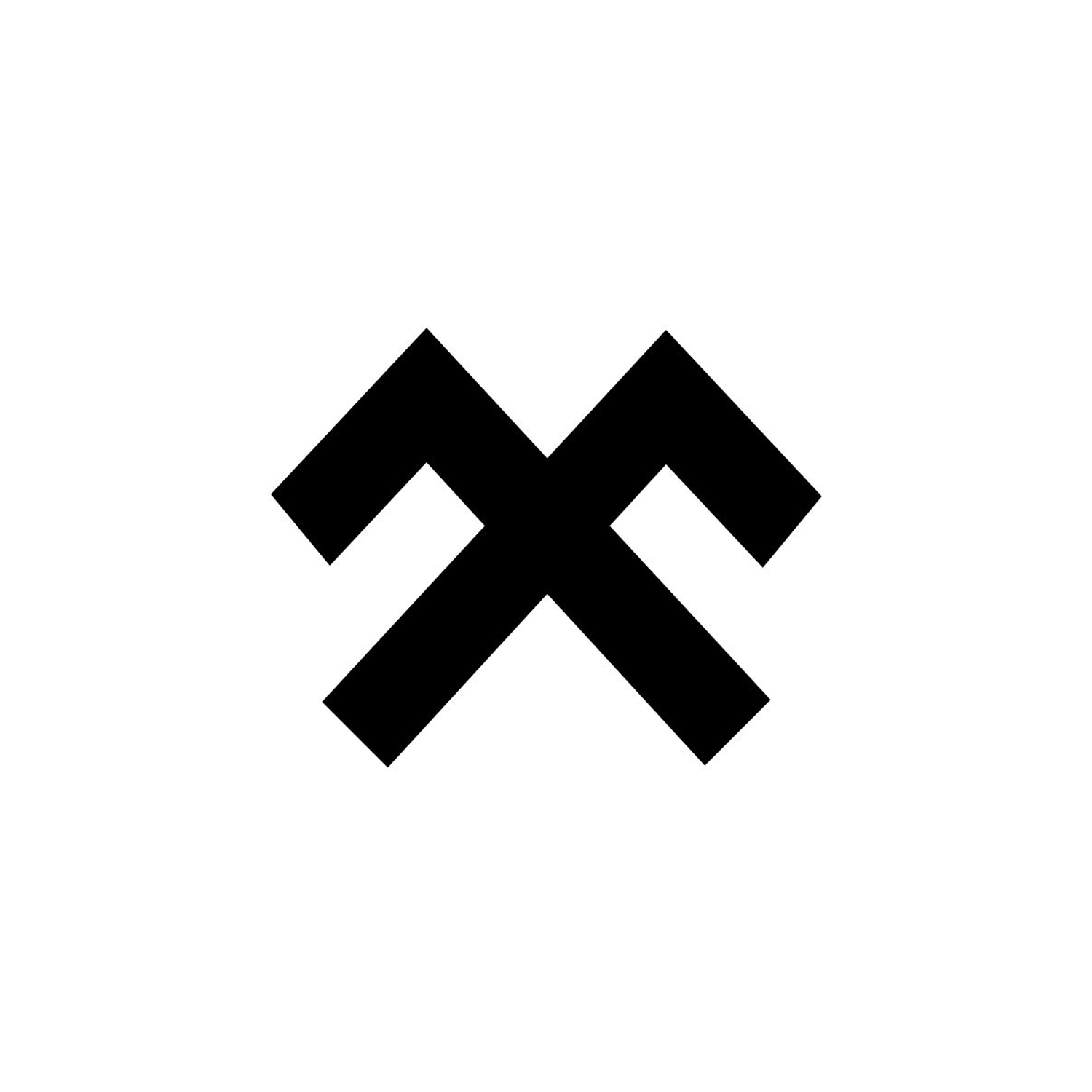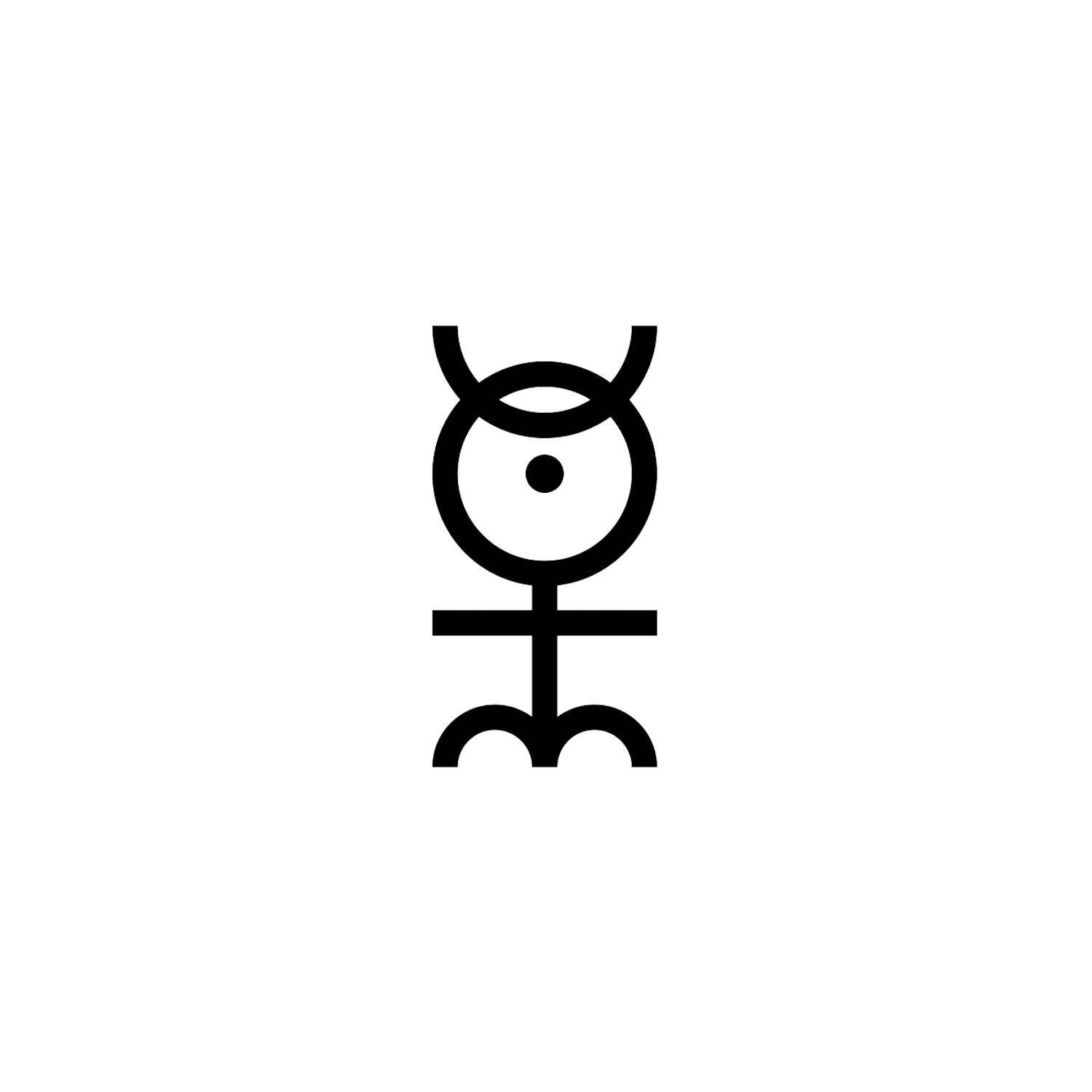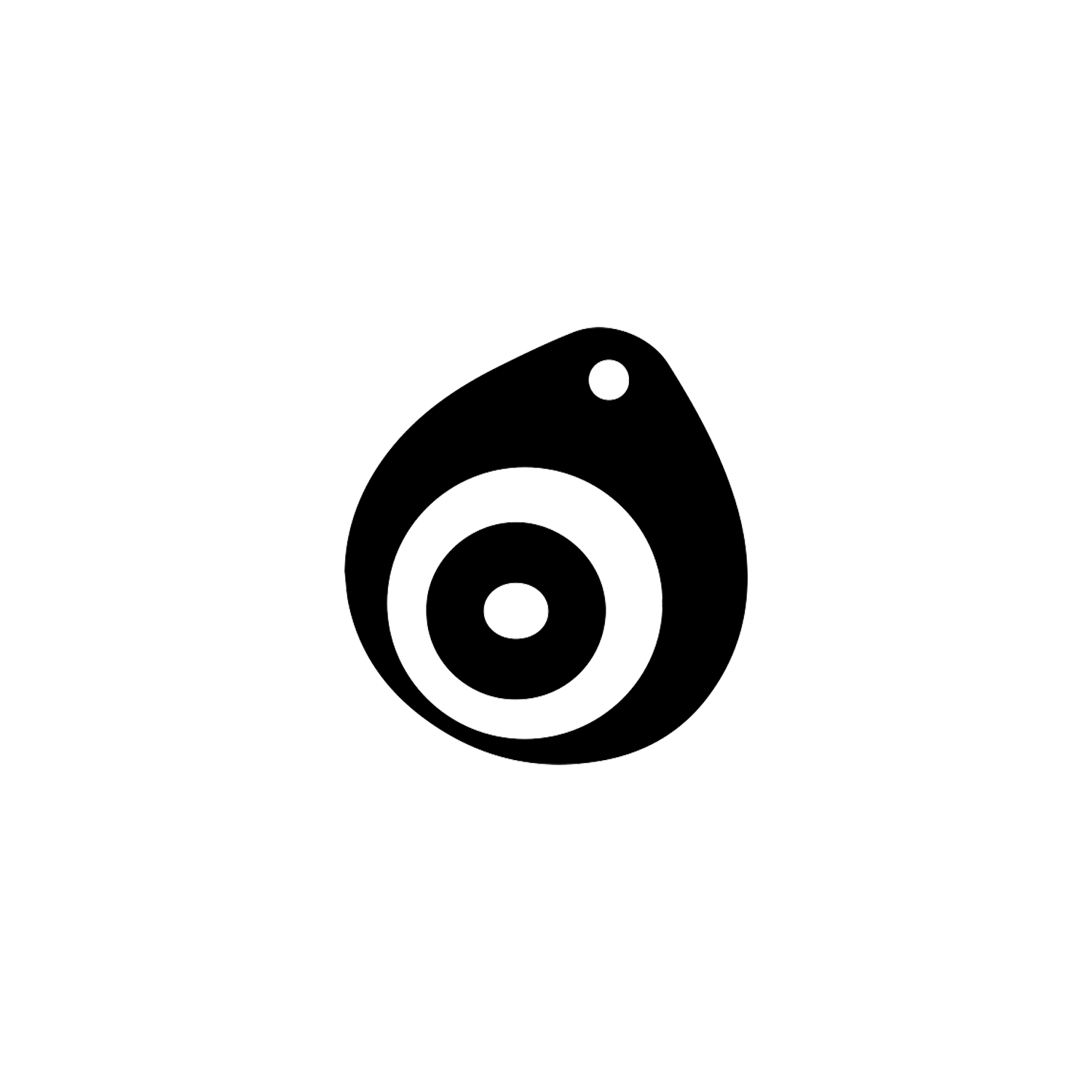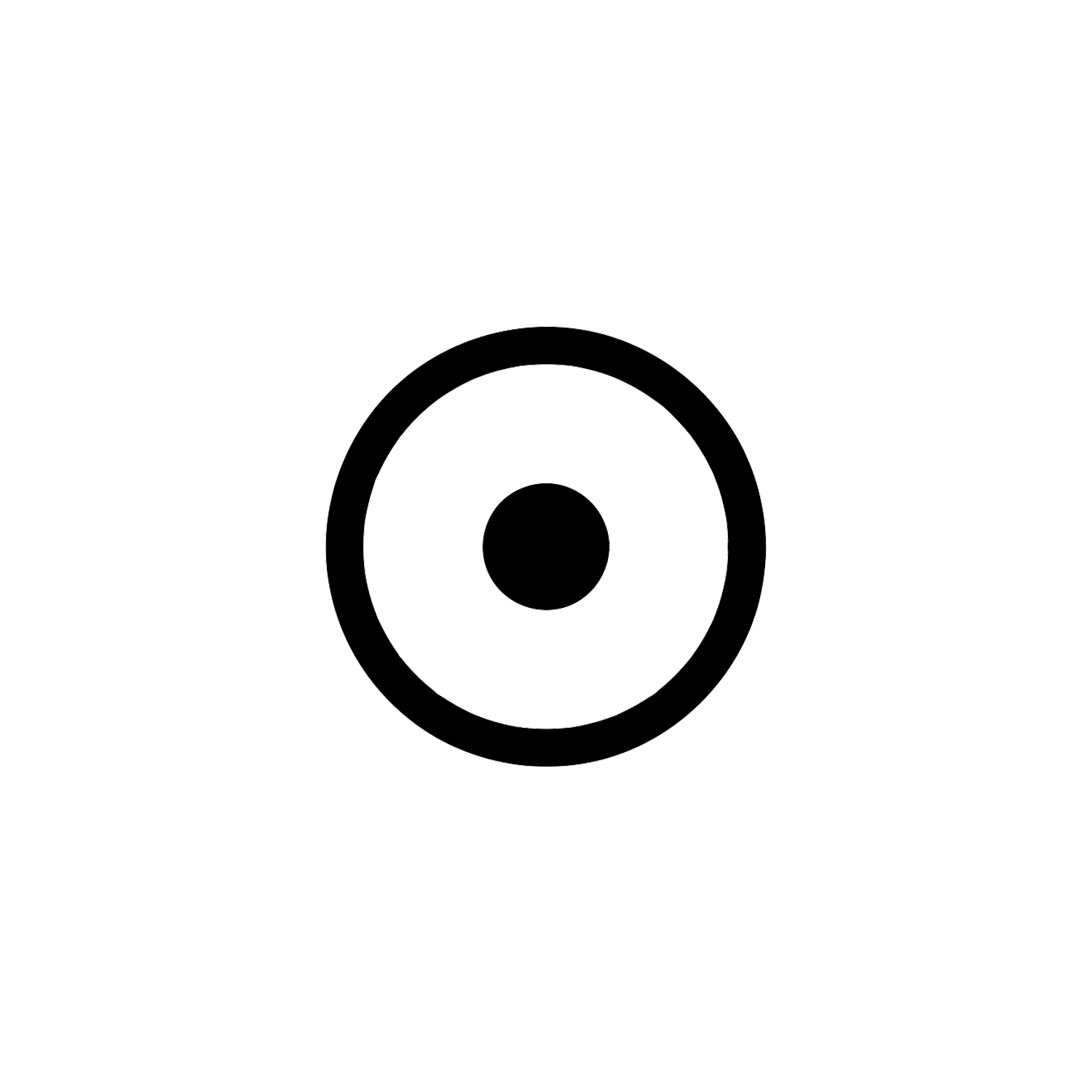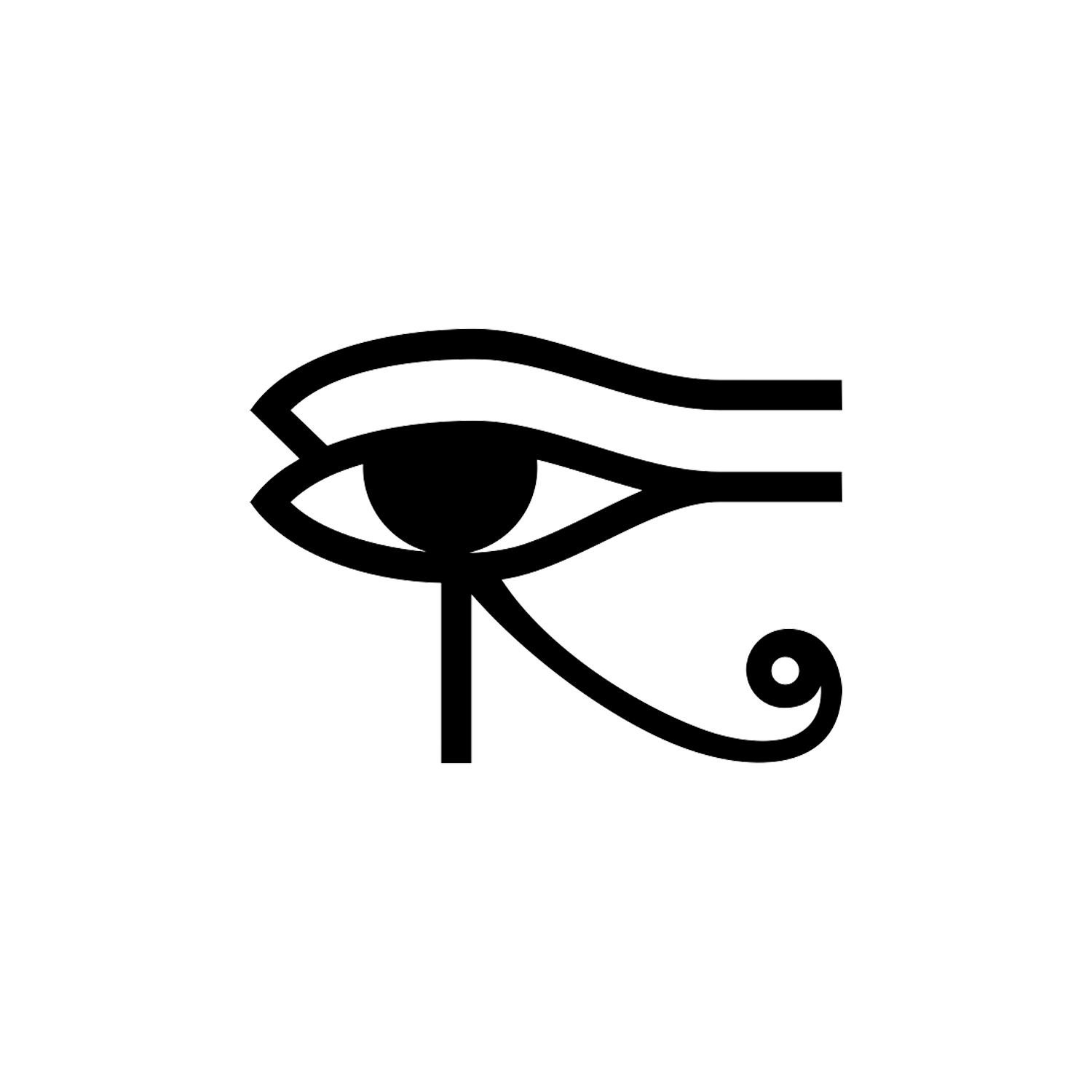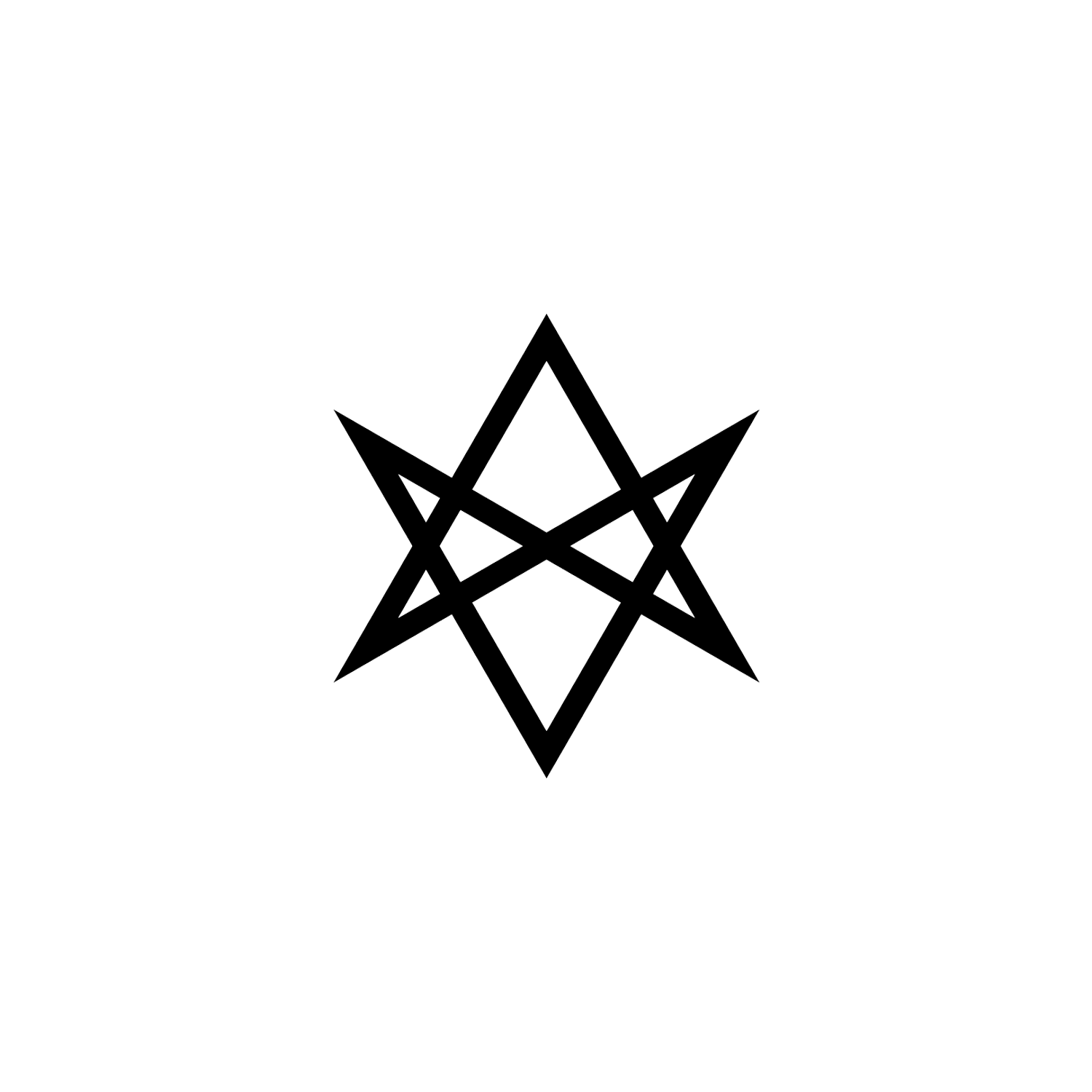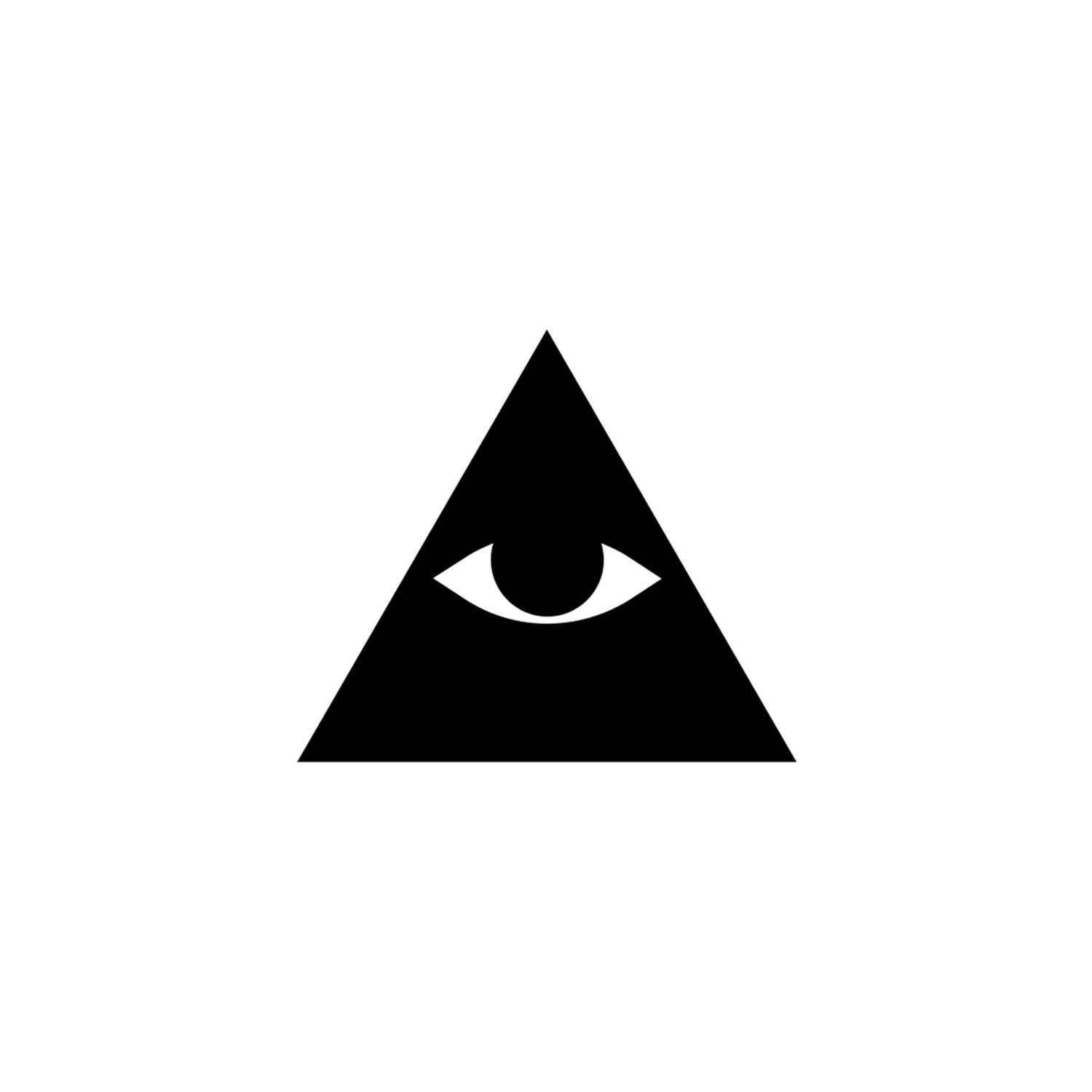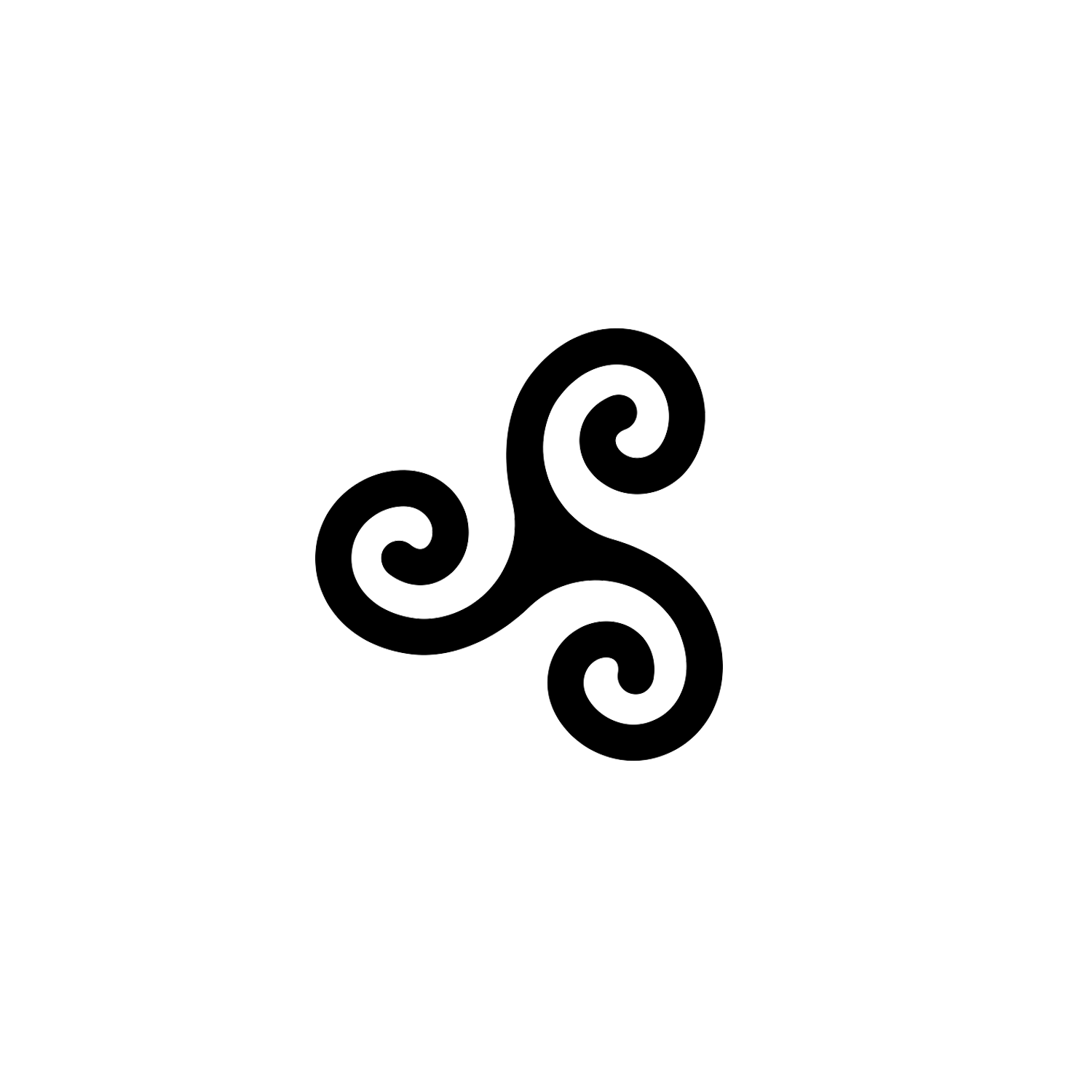Looped Square
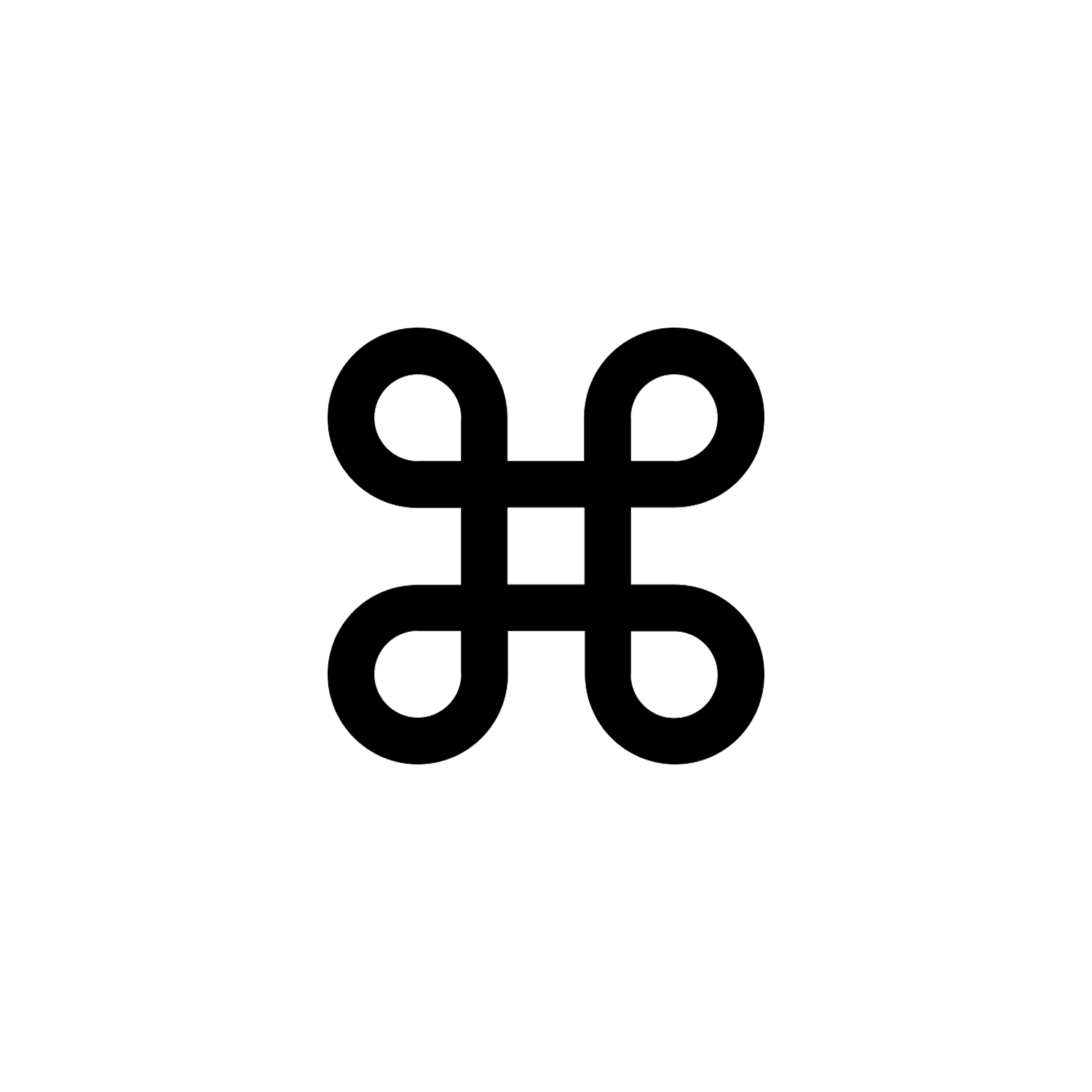

Looped Square
Also known as Saint John's Arms, Saint Hannes cross.
Overview
The symbol known as the looped square (⌘) appears in various Nordic languages such as Swedish sankthanskors, Danish johanneskors, and Finnish hannunvaakuna, is widely recognized as the command-key symbol due to its placement on the command key of Apple computer keyboards.
It consists of a square with loops extending outward from its corners. Referred to as a looped square in scholarly works pertaining to the Mississippian culture (approximately 800 CE to 1600 CE)[1], it has also been adopted as the symbol denoting a place of interest[2] on information signs, a practice originating in Finland during the 1950s and later spreading to other Nordic countries in the 1960s.[3]
Origin and Meaning
This symbol is found on various ancient artifacts in Northern Europe, notably featuring prominently on a picture stone from Hablingbo, Gotland, Sweden, believed to have been created between 400 and 600 CE.[4]

It bears resemblance to a traditional heraldic emblem known as a Bowen knot.[5]
In Finland, this symbol was commonly painted or carved onto houses, barns, and even domestic utensils like tableware, believed to offer protection against evil spirits and misfortune to both the objects and their owners. The oldest extant instance dates back to a pair of 1000-year-old wooden skis from the Finnish pre-Christian era, adorned with this symbol.[6][7]
Moreover, the looped square is found on artifacts associated with the Mississippian culture in the southeastern United States.[1]

The English designations Saint John’s Arms, Saint Hannes cross, or Saint Hans’s Cross, as well as their Scandinavian counterparts, allude to John the Baptist. This connection arises from the fact that Midsummer’s Eve festivities, a significant celebration in Scandinavia, coincided in the Julian calendar with the Christian feast commemorating the birth of Saint John the Baptist. Additionally, the (pagan) symbol became associated with Midsummer celebrations.[8]
This looped square symbol has made an appearance in numerous ancient objects found in Northern Europe. In Finnish it’s called Käpälikkö or Hannunvaakuna. Together with Ukonvasara it is one of the most popularized Finnic symbols.

In contemporary times, the symbol is frequently encountered in Belarus, Denmark, Estonia, Finland, Germany, Iceland, Latvia, Lithuania, Norway, Sweden, and Ukraine, serving as a marker for culturally significant locations. Its usage originated in Finland during the 1950s and later extended to other Nordic countries during the 1960s.
While there has been speculation that its selection was influenced by its resemblance to an aerial view of Borgholm Castle, its adoption for indicating attractions began in Finland, not Sweden. Furthermore, the symbol is prevalent in Scandinavian artifacts dating back centuries before the construction of the present-day castle.[9]

The symbol later gained international recognition via computing. It is used on Apple keyboards as the symbol for the command key. Nowadays it is also used as a designation for cultural heritage monuments.


Conclusion
Now you know what the command key on your keyboard means and where it comes from. With that in mind your Apple computer could theoretically be considered an amulet against bad luck and evil.
It is an ancient symbol used by several cultures, and remains in common use today. It belongs to a class of symbols which are called valknute in Norway.[11]
[1] C. Andrew Buchner (2010). "Cox Mound Gorget". Tennessee Encyclopedia. Tennessee Historical Society. Retrieved 9 May 2013. The Cox Mound, or Woodpecker, gorget style is a particularly beautiful and enduring symbol of Tennessee's prehistoric inhabitants. [...] Surrounding the cross and sun is a scroll-like design element known as the looped square. This feature may represent wind, or possibly the litter on which subordinates carried a chief.
[2] "Miscellaneous Technical – Range: 2300-23FF" (PDF). Unicode Consortium.
[3] "Riksantikvarieämbetets historia". raa.se (in Swedish). Riksantikvarieämbetet - Swedish National Heritage Board.
[4] "The Picture Stone from Havor in Hablingbo". Länsmuseet på Gotland. Archived from the original on 13 September 2008.
[5] Parker, James (1894). A Glossary of Terms Used in Heraldry: Cord.
[6] Talve, Ilmar (1990). Suomen kansankulttuuri (in Finnish). ISBN 951-717-553-1.
[7] Department of Archaeology. "Ski fragment". Nat'l Board of Antiquities (in Finnish). Helsinki: Finnish Museums Online. p. KM9908:1. Archived from the original on 3 December 2013.
[8] Webb, Stephen: Clash of Symbols: A ride through the riches of glyphs, 1st ed. 2018, p. 61, ISBN 978-3319713496, online, p. 61, at Google Books
[9] Kare, Susan (7 June 2014). "Susan Kare, Iconographer (EG8)". Vimeo.com.
[10] Dan Frommer (2 July 2011). "What does Splat mean?". SplatF. Say Media. Retrieved 9 May 2013. Splat refers to the key on a Mac keyboard that's officially called the Command key. Some old-school Mac nerds — my father included — call it the "splat" key, because the symbol sort of looks like something that went "splat". The symbol itself, also known as Saint John's Arms or the "place of interest sign"... is often seen in Northern Europe.
[11] Municipal arms for Lødingen, blazoned in the Norwegian Royal Decree of 11 May 1984, quoted in Hans Cappelen og Knut Johannessen: Norske kommunevåpen, Oslo 1987, page 197. The term is also used in Anders Bjønnes: Segltegninger fra hyllingene i Norge 1591 og 1610, Oslo 2010, pages 64–65.
Latest Symbols
Monthly Digest
A summary of symbols for the month in a quick read format straight to your inbox.

